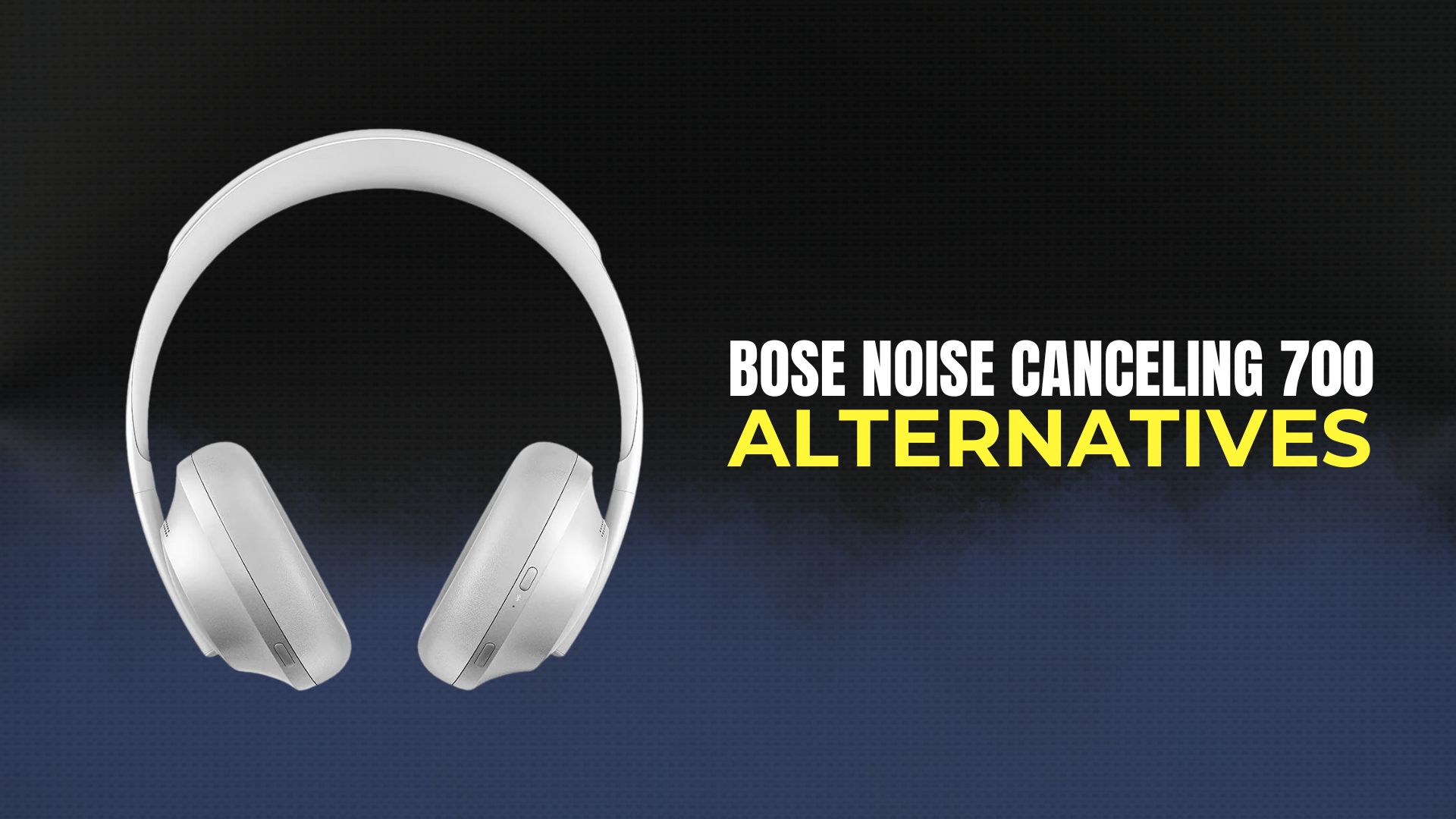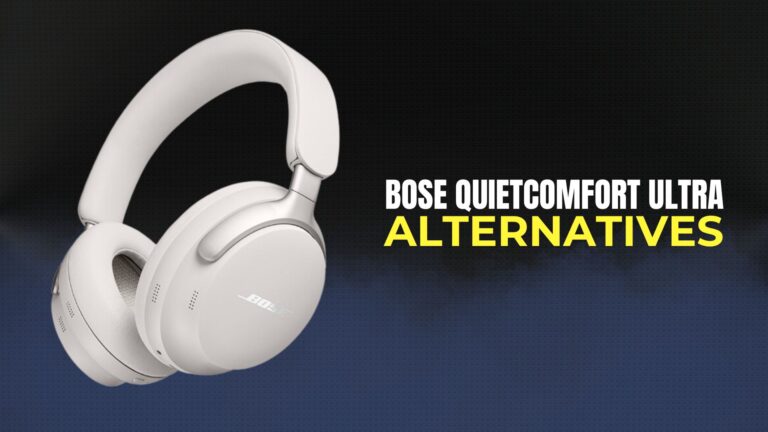As 2024 marches on, the Bose Noise Canceling 700 headphones continue to be a benchmark in the industry. However, with a myriad of alternatives flooding the market, it becomes crucial to explore options that might better align with your specific needs, preferences, and style.
6 Best Alternatives to Bose Noise Canceling 700
I dive into the world of premium headphones, scouting for the best Bose Noise Canceling 700 alternatives. From the comfort-centric Bose QuietComfort 45 to the technologically advanced Sony WH-1000XM5, each contender is evaluated not just for its features but for the unique audio experiences they offer. Whether you’re a discerning audiophile, a tech-savvy gadget lover, or someone in search of the perfect balance between luxury and practicality, this guide promises insights into the best picks of 2024.
Bose QuietComfort 45 vs Bose NC700
It is $50 Cheaper
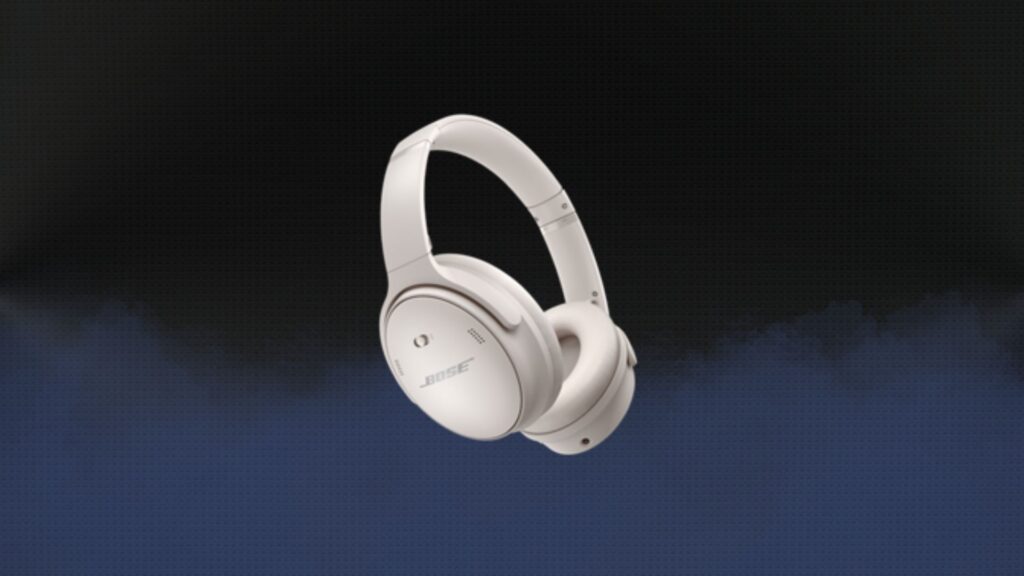
When it comes to finding a worthy alternative to the Bose Noise Canceling 700, the QuietComfort 45 (QC45) stands out, particularly for those who prioritize comfort. At first glance, the QC45 may not exude the same luxurious aura as the NC 700 with its mix of plastic and stainless steel. However, it’s in the practical, more traditional design where the QC45 shines. The composite body not only offers durability but also a lighter, more wear-friendly experience.
For individuals like me who wear headphones for extended periods, the QC45 is a blessing. The less clamping force, coupled with spacious ear pads and a lighter frame, translates to comfort that can last all day without fatigue. This is especially crucial for users with larger heads, who often struggle to find a snug yet comfortable fit.
Battery life is another arena where the QC45 slightly edges out the NC 700. Offering a 24-hour battery life compared to the NC 700’s 20 hours, it ensures that you’re less likely to find yourself tethered to a charging cable mid-day. Additionally, the QC45’s rapid charging capability – 3 hours of playback with just 15 minutes of charging – is a feature that I’ve found incredibly handy during those busy days.
In terms of sound, the QC45 delivers an audio performance that can rival the NC 700. Both are ideal for listeners who prefer a neutral or vocal-focused sound profile. However, the NC 700’s adjustable EQ does provide an edge for those who love to tweak and personalize their audio experience.
Noise cancellation is a mixed bag. The QC45 blocks out more ambient noise but introduces more cabin pressure, which might be uncomfortable for some. On the other hand, the NC 700, while not as effective in noise cancellation, offers a more pressure-free experience.
Ultimately, the choice between the QC45 and the NC 700 boils down to what you value more: customization and a premium feel, or comfort and practicality. For me, the QC45’s emphasis on comfort without significantly compromising on features makes it a top contender as an alternative to the Bose Noise Canceling 700.
Sony WH-1000XM5 vs Bose NC700
It is $100 Expensive
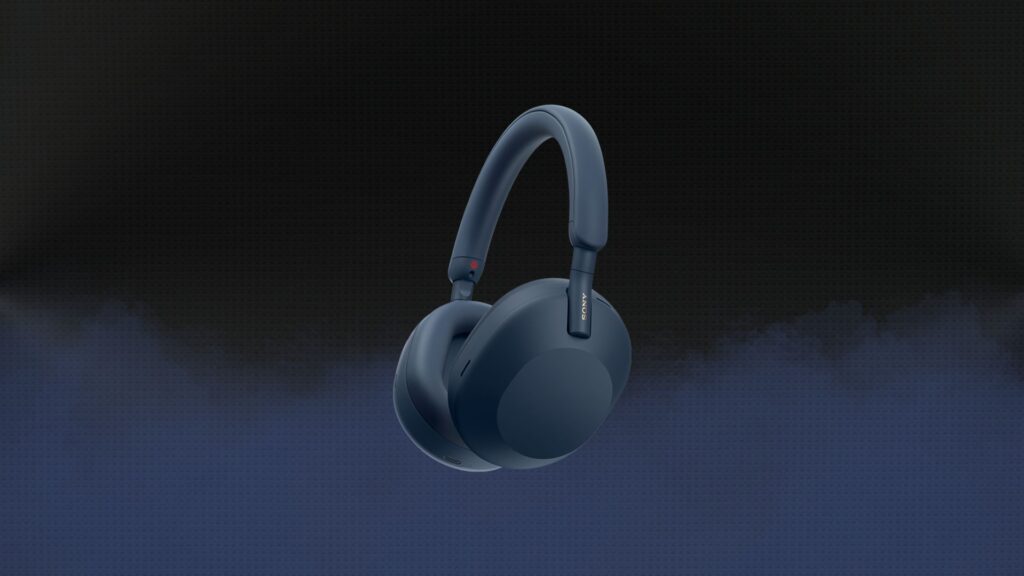
The quest for the perfect Bose Noise Canceling 700 alternative leads us to the Sony WH-1000XM5, a pair that truly stands out in bustling environments. As someone who often finds themselves in noisy cafes or busy streets, I’ve found the advanced noise cancellation technology of the WH-1000XM5 to be exceptionally effective. It significantly drowns out background noises, ensuring that your audio experience remains pristine.
For those of us seeking a quiet oasis in the midst of chaos, the Sony WH-1000XM5 offers unparalleled tranquility. It notably outperforms the Bose in diminishing mid-range sounds like chattering in crowded spaces. This feature is a game-changer for anyone who values peace and focus, be it for work or relaxation.
Audio quality is a key area where both Bose and Sony excel, but they cater to different preferences. While Bose is renowned for its detailed reproduction of background nuances, the Sony WH-1000XM5 offers a more vibrant sound profile. The airy treble and defined bass are particularly appealing to those who enjoy a dynamic and lively audio experience.
Battery life is another domain where Sony takes the lead. With up to 30 hours of battery life, the WH-1000XM5 dwarfs the Bose’s 20-hour offering. This extended playtime is a major plus for power users like me who dislike frequent charging. Moreover, Sony’s headphones come with a plethora of customization options, including a graphic equalizer and high-resolution audio support. These features are a haven for audiophiles who love tailoring their listening experience to perfection.
Despite Bose’s stronger build and lower Bluetooth latency, which might appeal to gamers, the Sony WH-1000XM5 makes its mark with superior noise cancellation, call quality, and longer battery life. For those who prioritize cutting-edge features and comfort that lasts all day, the Sony WH-1000XM5 emerges as a formidable contender against the Bose Noise Canceling 700.
AirPods Max vs Bose NC700
It is $200 Expensive
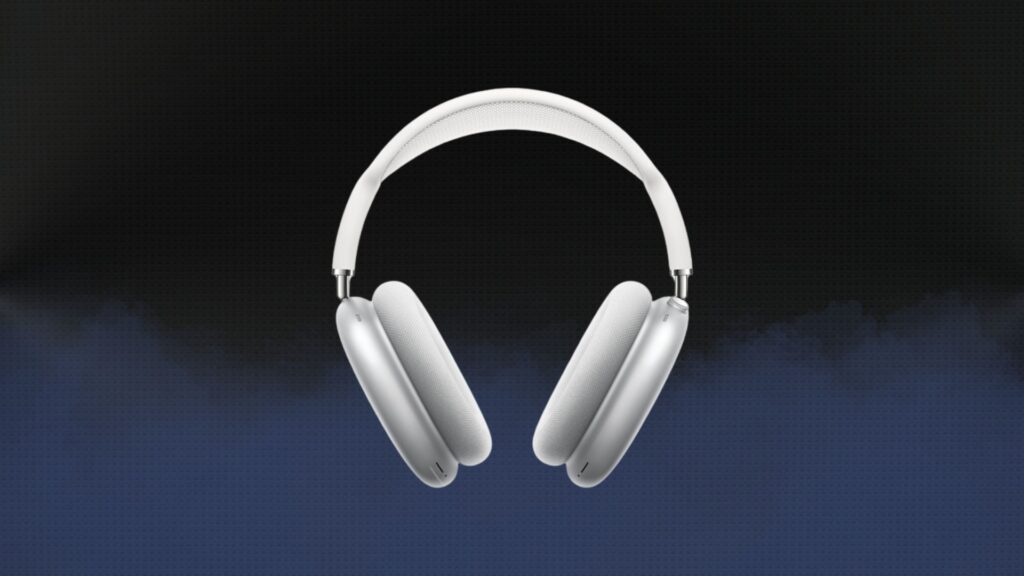
In the arena of high-end headphones, Apple’s AirPods Max brings a unique flair to the table, especially when compared to the Bose Noise Canceling 700. Weighing about 50% more than the Bose 700, the AirPods Max boasts a construction of solid aluminum and stainless steel, giving it a distinctly premium feel. In contrast, the Bose 700 opts for a lighter and more durable design. While both are built to last, the choice here often boils down to preference for luxury versus practicality.
From a comfort perspective, the AirPods Max stands out with its novel headband design. It offers a nearly invisible feel on the head, a feature that I’ve personally found to be quite comfortable during long listening sessions. The Bose 700, on the other hand, opts for softer, more noticeable band pressure but with less ear-cup pressure.
Battery life is an area where both headphones hold their ground firmly, promising about 20 hours with active noise cancellation. The controls on the AirPods Max, including a digital crown, are intuitive and add to the device’s luxurious feel. The Bose 700, in comparison, combines buttons with a responsive touch surface, making it a matter of personal preference for control style.
When it comes to Active Noise Cancellation (ANC), the AirPods Max shows superior performance, effectively blocking both low and high-frequency sounds. The Bose 700 does a commendable job, but it can’t quite match the prowess of the AirPods Max.
Another area where the AirPods Max excels is its transparency mode. It offers an almost true-to-life sound experience, making it a great choice for those who want to stay aware of their surroundings without compromising on audio quality. The Bose 700’s ambient mode is good but falls a tad short in comparison.
In terms of sound clarity and separation, both headphones deliver impressively. However, the AirPods Max has a richer bass and a wider soundstage, making it ideal for a diverse range of music genres. For iOS users, the additional features like spatial audio and seamless integration with Apple devices might justify its higher price tag. On the other hand, Android users or those who prioritize comfort might find the Bose 700 a more suitable choice.
Sony WH-1000XM4 vs Bose NC700
Same Price
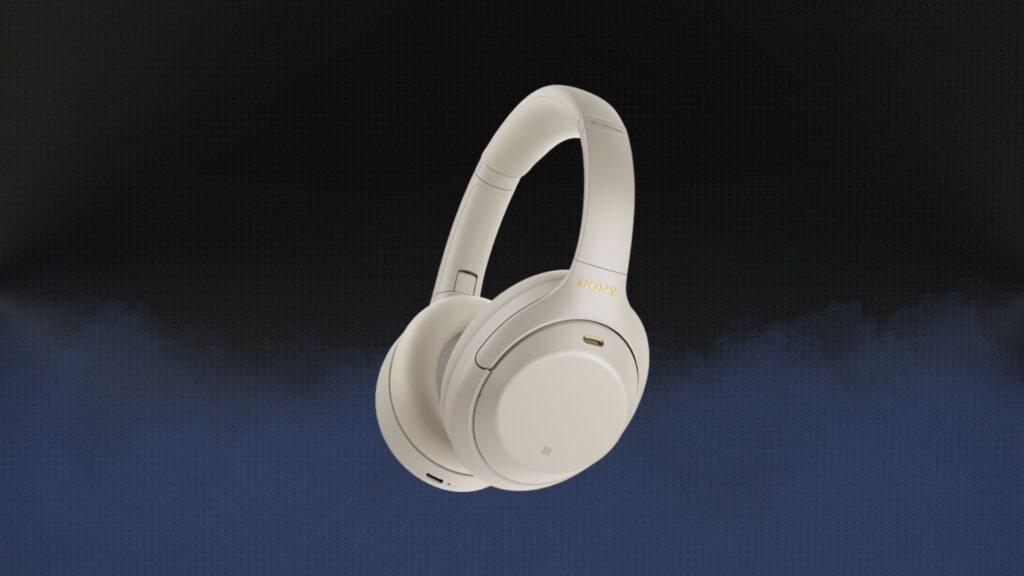
As we continue exploring alternatives to the Bose Noise Canceling 700, the Sony WH-1000XM4 emerges as a compelling option, especially for those who value a balance between functionality and design. The WH-1000XM4, with its pragmatic matte plastic finish, may not scream luxury like the Bose NC 700’s metallic finish, but it’s in its subtlety that this model finds its strength. Its foldable design, a stark contrast to the non-collapsible Bose 700, offers enhanced portability, a feature I’ve found incredibly useful during travel.
Battery life is a crucial aspect of any wireless headphone, and the Sony WH-1000XM4 claims a leading position with a 30-hour battery life. Although real-world usage often aligns both the Sony and Bose around the 20-hour mark, the Sony’s superior quick-charging capability (5 hours in 10 minutes) is a standout feature for those always on the go.
Comfort is another domain where the WH-1000XM4 excels, particularly for those who wear glasses. Its slightly better comfort over the Bose NC 700 makes it a preferred choice for extended listening sessions. The secure fit also makes it suitable for light workouts, adding to its versatility.
In the world of voice calls and virtual meetings, while the Bose NC 700 offers clearer voice quality, the Sony WH1000XM4 exhibits better background noise cancellation. This distinction is vital, depending on whether you prioritize voice clarity or a quieter listening environment.
Both models come equipped with modern features like Bluetooth 5.0, hear-through mode, and multi-point pairing. However, the Sony WH1000XM4 goes a step further with additional functionalities like adaptive sound control, a proximity sensor for auto-pause/play, and a customizable equalizer in the app. These features not only enhance user experience but also provide a level of customization that tech enthusiasts will appreciate.
In terms of sound, the Sony WH1000XM4 wins with a wider soundstage, deeper bass, and better high-frequency detail. Its ANC performance is also superior, particularly in reducing high-frequency noises like voices and sirens.
In summary, the Sony WH-1000XM4 stands out as the overall winner for those seeking superior ANC, sound quality, and additional features. However, for users who give more weight to microphone quality and a more premium design, the Bose NC 700 remains a strong contender.
Bose QC Ultra vs Bose NC 700
It is $180 Expensive
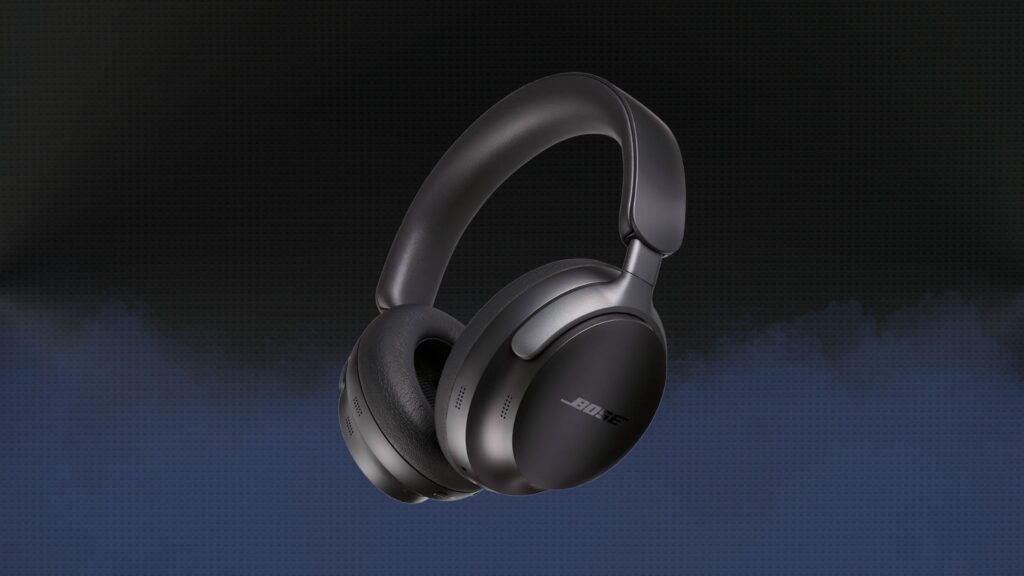
When considering alternatives to the Bose Noise Canceling 700, the Bose QC Ultra deserves special attention. Representing a newer generation in the Bose lineup, the QC Ultra offers a more user-friendly design, addressing some of the feedback that the NC 700 received. Its folding cup design, a departure from the NC 700’s one-piece headband, enhances portability and user convenience, a feature I’ve found particularly appealing for on-the-go use.
The controls on the QC Ultra are streamlined, consolidated on the right earcup. This design choice makes operation more intuitive, something that frequent users of headphones will appreciate. As a tech enthusiast, I found this to be a smart move, simplifying the user experience without sacrificing functionality.
Battery life and head-tracking spatial audio are two areas where the QC Ultra steps up its game. With a longer battery life, it caters well to power users who need their headphones to last through long commutes or workdays. The head-tracking spatial audio is a boon for immersive video experiences, adding a layer of realism that is hard to find in other models.
APTX Adaptive support is another highlight of the QC Ultra. This feature ensures higher bitrate transmission, which is especially beneficial for users with Snapdragon Sound certified devices, like the Sony Xperia 5 V. This kind of compatibility with the latest technology underlines the QC Ultra’s position as a forward-thinking device.
In active noise cancellation, the QC Ultra outperforms the NC 700, offering about 10 dB more noise reduction. This improvement is significant for anyone who values a quiet listening environment, be it in noisy urban settings or during travel.
The sound profile of the QC Ultra is characterized by a V-shaped curve, offering more punch and depth in the bass, along with a wider soundstage. While the NC 700 maintains sharper mids and a more balanced lower-mid range, the QC Ultra’s profile is likely to appeal to those who enjoy a more dynamic sound.
Comfort-wise, the NC 700 offers slightly more luxurious cushioning and a silicone headband pad, which might be preferable for long-term comfort. However, the overall improvements in the QC Ultra mark it as a substantial upgrade in noise cancellation, battery life, and features. Yet, for those who prioritize comfort and the ability to turn off ANC, the NC 700 remains a viable option.
Beats Studio Pro vs Bose NC700
It is $100 Cheaper
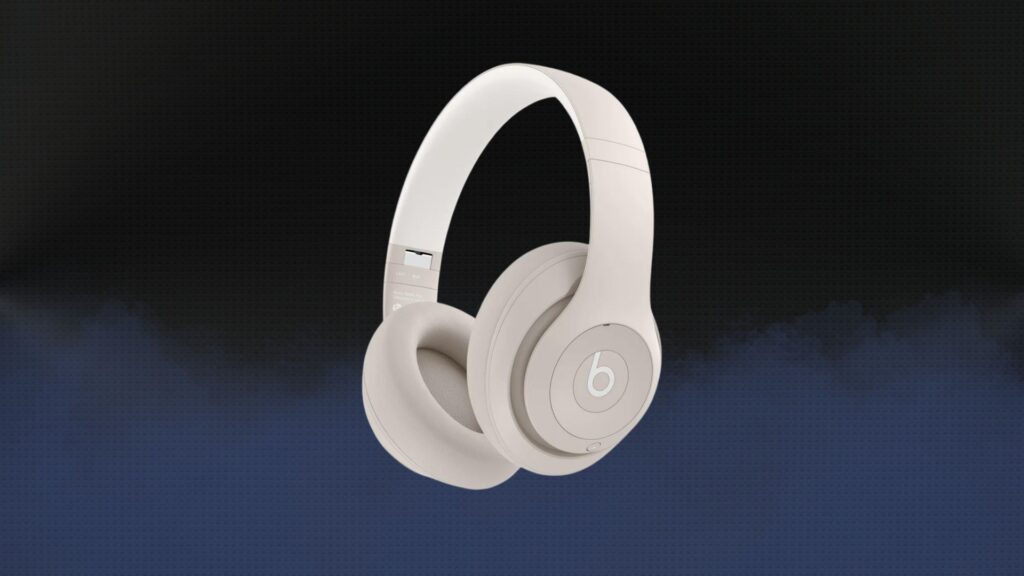
As we round up our exploration of alternatives to the Bose Noise Canceling 700, the Beats Studio Pro cannot be overlooked. Known for its stylish design, the Beats Studio Pro combines a plastic exterior with a metal hinge, striking a balance between durability and flexibility. This design choice contrasts with the Bose 700’s metal exterior and rubber cushioning, which prioritize robustness and comfort. While both headphones offer adjustable features for an optimal fit, the Bose 700’s ability to twist and fold gives it an edge in portability, something I’ve particularly valued during travels.
Battery life is a key consideration for many, and the Beats Studio Pro impresses with up to 40 hours of playtime without noise cancellation, and around 20 hours with it activated. This surpasses the Bose 700’s consistent 20-22 hours of battery life. Though the Bose 700 includes advanced features like personalized settings and various noise cancellation levels, the Beats Studio Pro’s battery flexibility is a major draw, especially for users who are often away from charging points.
Comfort is another crucial factor. The Bose 700’s earcups, designed with greater depth, prevent earlobe irritation, a notable advantage over the flatter design of the Beats Studio Pro, which may cause discomfort over extended use. As someone who often listens to music for hours, this difference in comfort is a key deciding factor for me.
The intuitive controls of the Bose 700 for noise cancellation and playback offer a user-friendly experience. In comparison, while the Beats Studio Pro’s control scheme is simpler, it may be less intuitive for some users. This aspect is particularly relevant for those who value ease of use and quick access to settings.
Sound quality is where the Beats Studio Pro really stands out. Known for its louder volume, the Beats Studio Pro delivers a powerful audio experience. However, the Bose 700 excels in noise cancellation quality and offers a clearer, more refined sound. This distinction makes the choice between the two a matter of personal preference for sound quality, battery life, and comfort.
In summary, the Beats Studio Pro is an excellent choice for those who prefer longer battery life and a louder sound, while the Bose 700 is better suited for users who prioritize superior noise cancellation and ergonomic design.
Final Thoughts
Each of these headphones offers unique features and advantages, making them worthy alternatives to the Bose Noise Canceling 700. Whether you prioritize comfort, sound quality, battery life, or advanced features, there is an option that suits your needs. The key is to consider your specific preferences and usage scenarios to make the best choice.
I hope this guide helps you find the perfect headphones that not only meet your audio needs but also enhance your daily routine, whether for work, leisure, or travel. Happy listening!
